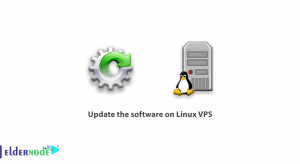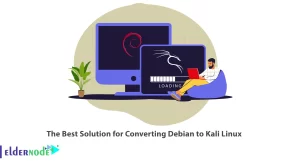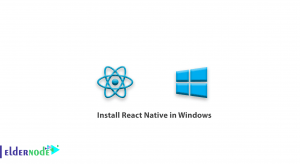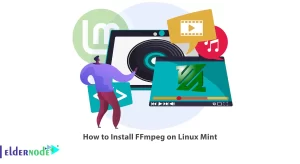
Mailspring is a new version of Nylas Mail maintained by one of the original authors. Mailspring’s UI is open-source (GPLv3) and written in TypeScript with Electron and React – built on the plugin architecture and easily extendable. The Mailspring sync engine is generated by Electron and runs locally on your computer. This resource will be open-source in the future but is currently closed. When you set up your development environment, Mailspring uses the latest version of the synchronization process. So there is no need to pull resources or install dependencies on its compilation time. In this article, we try to learn How to Install MailSpring on Centos 7 & 8. You can visit the packages available in Eldernode to purchase a CentOS VPS server.
Table of Contents
Tutorial Install MailSpring on Centos 7 & 8
Mailspring comes packed with powerful features like Unified Inbox, Snooze, Send Later, Mail Rules, Templates, and more. In the next section, we will introduce some Mailspring features and then we will discuss how to install MailSpring on Centos 7 & 8. Please be with us.
MailSpring Features
Here are some of the features of MailSpring:
1. Ability to create multiple accounts (IMAP and Office 365)
2. Touch and gesture support
3. Advanced shortcuts
4. Lightning-fast search
5. Undo send
6. Unified Inbox
7. Ability to read receipts, link tracking, and more
8. Mac, Windows, and Linux support
9. Includes a variety of themes and layouts (including dark mode)
10. Localized into 9 languages
Follow us to learn how to Install MailSpring on Centos 7 & 8.
Install MailSpring on Centos 7 & 8
Join us in this section to learn how to install MailSpring on Centos 7 & 8. To do this, just follow the steps below. The first step is to add the Epel repository to the system using the following command:
sudo yum install epel-releaseThen you need to install Snap:
sudo yum install snapdNow you need to enable the system subdirectory that manages the main communication socket:
sudo systemctl enable --now snapd.socketIn the next step, you must enable classic snap support. Note that doing this creates a symbolic link between /var/lib/snapd/snap and /snap:
sudo ln -s /var/lib/snapd/snap /snapNow you need to restart the system once to update the system and apply the changes.
After successfully completing the above steps, you can now easily install Mailspring by running the following command:
sudo snap install mailspringConclusion
Categorizing emails, checking whether or not emails are read, as well as managing multiple accounts simultaneously is among the main features of the free Mailspring software. You can download Mailspring for all computer operating systems and manage your emails. In this article, we tried to learn How to Install MailSpring on Centos 7 & 8.




